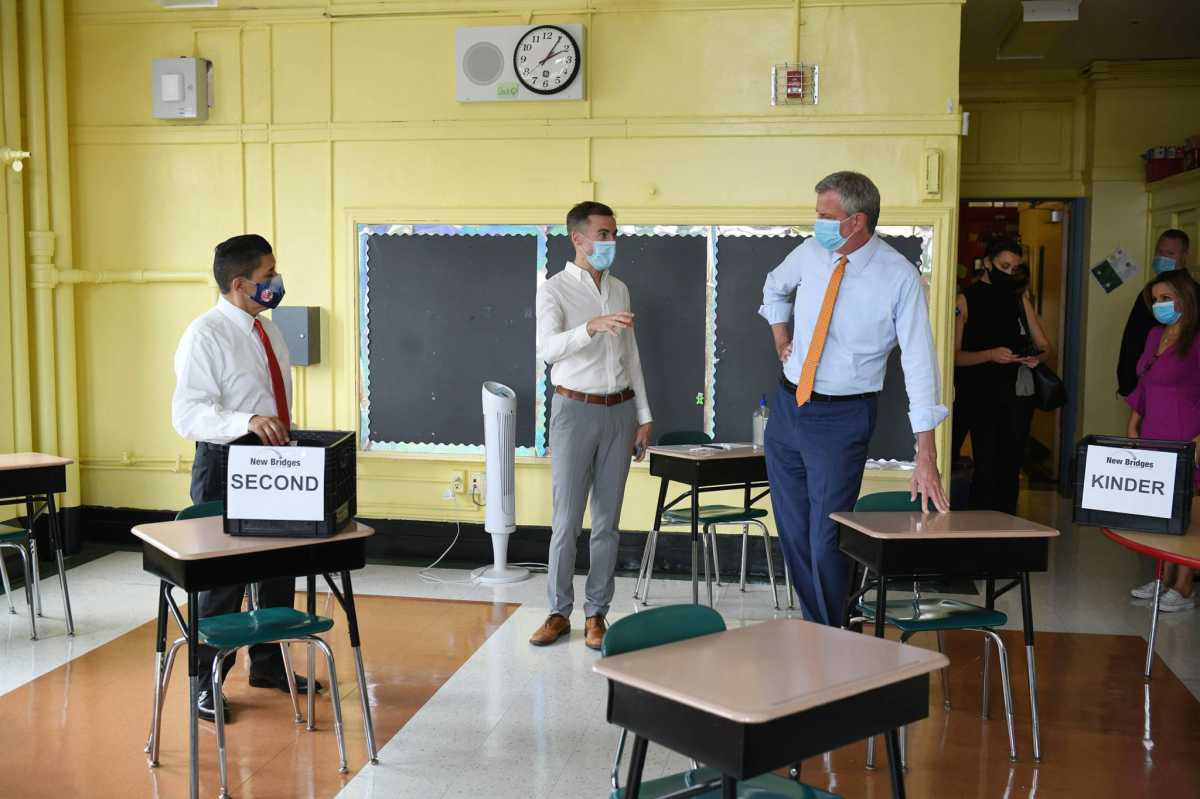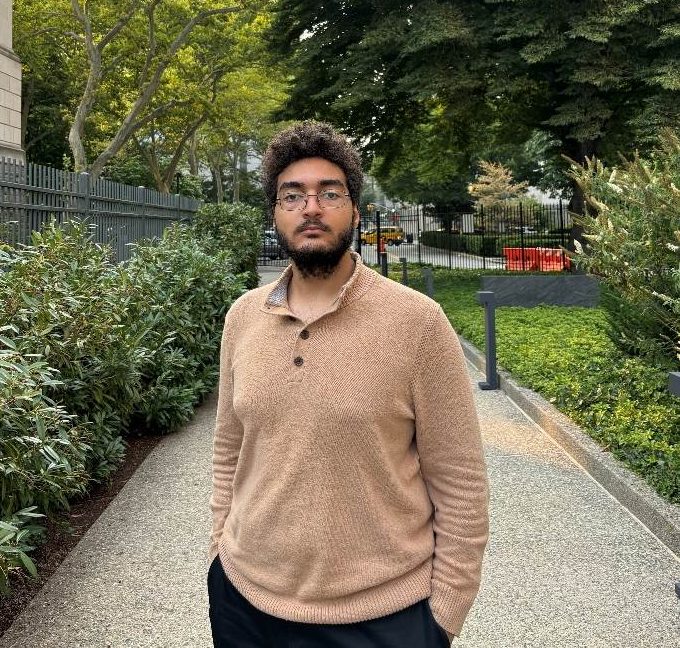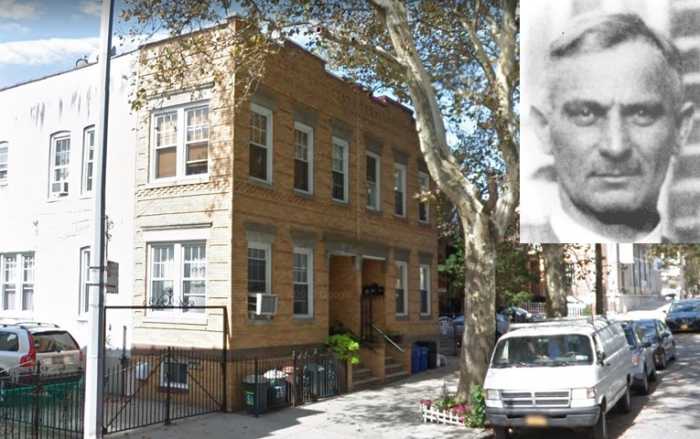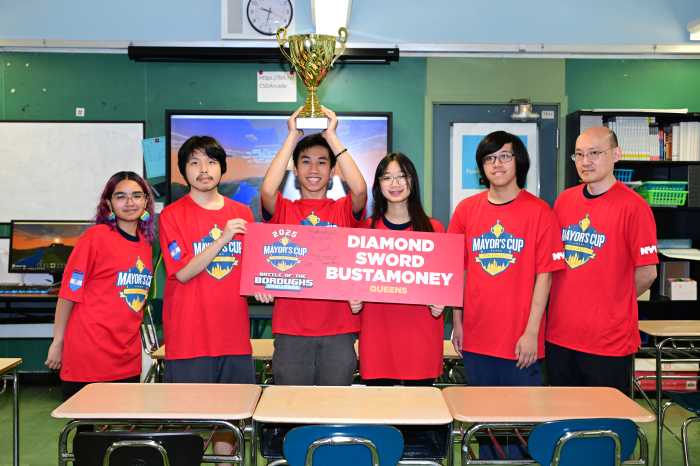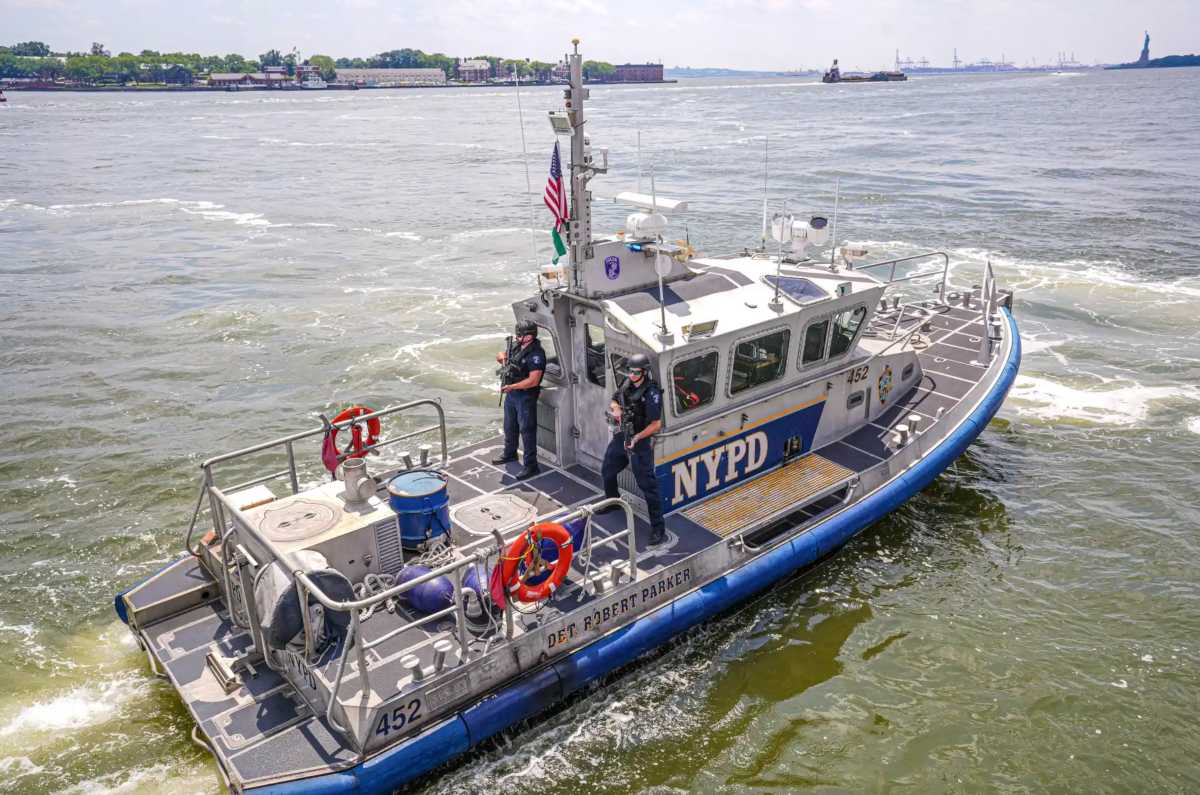Mayor Bill de Blasio on Thursday revealed an outline of a plan to help New York City public school students who have fallen behind in classes during the pandemic get up to speed next year.
The “2021 Student Achievement Plan” requires that the city first find out how much ground students have lost during a school year plagued with disruptions.
“We are going to have a very robust process where we are bringing educators to the table and look through and get their thoughts on what is successful for them,” Chancellor Carranza told reporters. “The goal here is to get something that is robust of an assessment that is also adaptable so that we can get a true gauge of where students are in their learning and then obviously have conversations with our parents and parent groups as well.”
The bulk of the plan depends heavily on building on digital tools like the Department of Education’s recently launched ‘Parent University’ created to help parents struggle to help their child navigate remote learning with classes of their own.
Carranza added that the plan’s foundation also includes creating a second one-stop digital learning hub, increasing access to a digital curriculum, deepening professional development and launching a one-stop digital learning hub.
“While the past several months have been a whirlwind for all of us with constantly evolving public health guidance and a completely transformed school system it’s time that we think about recovery,” said Carranza.
De Blasio pledged to fill in more details on what the plan will look like as well as more information cost and a rough timeline for the new approach in upcoming weeks.
De Blasio used a fictional student named Robbie as an example of the challenges facing children during a school year amid the coronavirus pandemic. Robbie, a third-grade student, had his school year cut short after the coronavirus hit New York City in February and is forced to take classes remotely. He starts to fall behind and begins to struggle to grasp some concepts in class all while possibly witnessing loved ones get sick or die after being infected with COVID-19.
“The disruption, the confusion, think about what this does to a young mind,” said de Blasio. “Imagine a child who has experienced disruption after disruption and the traumatic realities that this virus has reeked on the city.”
“Robbie needs more than to just come back to schools next year with the same old approach. That’s not going to cut it,” he added.
Here is the six-point plan:
1. Getting a baseline of what ground we lost
2. Increasing high-quality digital curriculum available for every single school
3. Launching a one-stop digital learning hub
4. Deepening professional development
5. Expanding “Parent University”
6. Confronting the trauma and mental health crisis faced by our students
This story originally appeared on amny.com.

